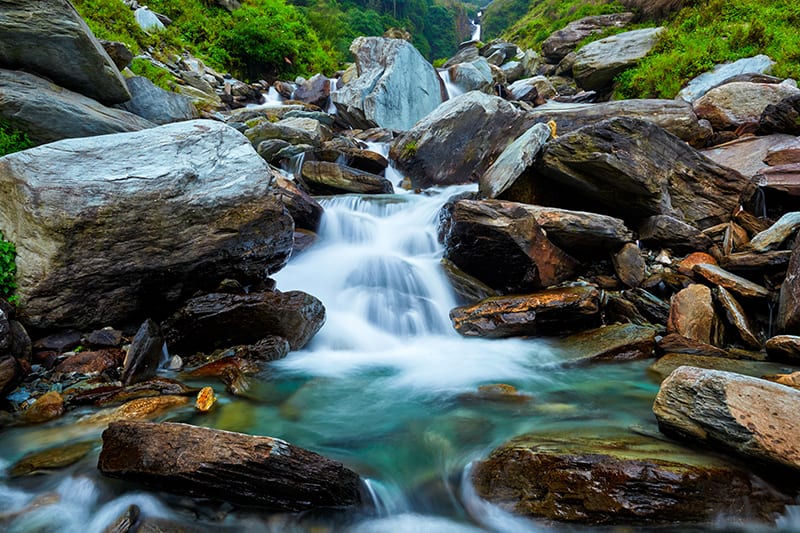Understanding Shutter Speed
Photography is a visual, creative, and technical art. Photographers need to understand and learn several technical terms and concepts. You have to know what kind of photography you will be doing. And you have to use the best tools available for it. With the right knowledge, photographers can take the best pictures using even the most basic camera. One of the most important tools available for photographers is the shutter speed.
In our previous posts, we have discussed technical terms and the best types of cameras. One of the three most vital settings on a camera is the shutter speed. ISO, Aperture, and Shutter Speed form the Holy Trinity on which every photographer relies. Shutter Speed is responsible for two things- changing the brightness of your photo and creating dramatic, impactful effects by freezing action or blurring motion.
Shutter Speed is the most obvious factor contributing to exposure. Understanding how it works and how to use it will definitely help you improve as a photographer. A camera shutter is like a curtain in front of the camera sensor that stays closed until the camera starts or fires. When the camera starts, the shutter/curtain opens and fully exposes the camera sensor to the light passing through the lens. After the sensor collects light, the shutter closes immediately and stops the light from hitting the sensor. The button that fires the camera is called the ‘shutter button.’
Shutter Speed is the length of the time the camera shutter remains open, exposing light onto the camera sensor. Basically speaking, it is how long your camera spends taking a photo. Photographers use a long shutter speed when they want to end up with a motion blur. Long shutter speeds make subjects appear blurred in motion. Landscape photographers opt for long shutter speeds when clicking waterfalls or rivers. Slow shutter speeds are ideal for shooting at night or in dim conditions. Photographers using a tripod often stick to slow shutter speed.

Shutter Speed is also used to freeze motion. Fast shutter speeds are used by photographers to make moving subjects seem still. It can eliminate motion from fast moving subjects like birds, animals, or cars. Fast shutter speeds are also great to take pictures of water, making each droplet seem as if its hanging in the air, complete and sharp. To ensure you can do all of this, you need to know how to control shutter speed. And what kind of image you wish to create.
Shutter Speed is measured in fractions of a second. 1/4 means a quarter of a second, 1/250 means one two-hundred-and-fiftieth of a second or 4 milliseconds. Modern DSLRs and mirrorless cameras are very up to date with the latest technology. They can handle up to 1/400th of a second. Some cameras even boast of having shutter speeds up to 1/800th of a second. The longest available shutter speed is around 30 seconds. Companies offer external remotes or triggers if you wish to extend shutter speeds when necessary.
A fast shutter speed is however long you want it to freeze action. Usually 1/200th of a second is enough for moving objects. But it can vary on your subject and style of photography. Long shutter speeds are about 1 second. Any more and you will need to use a tripod to achieve sharp imagery. You can use long shutter speeds for low light photography or while shooting in the night. If you want to capture movement intentionally then you can try long shutter speeds. Anywhere between 1/100th of a second to 1 second is considered slow shutter speed. The closer you get to one second, the higher the chances of your hands shaking and spoiling the image are. That’s why professionals recommend a tripod if you are aiming for the 1 second mark.
Nowadays a lot of cameras have technology that allows them to control the vibrations caused by shaky hands. It depends on your lens and their strength. Nikon has several models with image stabilization technology that can reduce shakiness. This is where your style of holding a camera comes in. You need to be firm but not too tight and stable while holding a camera.
Most cameras have shutter speed on their LCD screen or you can find them through the viewfinder on the bottom left-side. A lot of cameras handle shutter speed by default. You can select the shutter speed manually if you wish. It is best if you let the camera decide the speed for you. Photographers use Aperture Priority Mode a lot and in that mode, the shutter speed is set automatically. You can try taking test images to see the effect and whether there is too much motion or blur. Shutter Speed is very handy when used carefully and one of the basics of being a great photographer.

